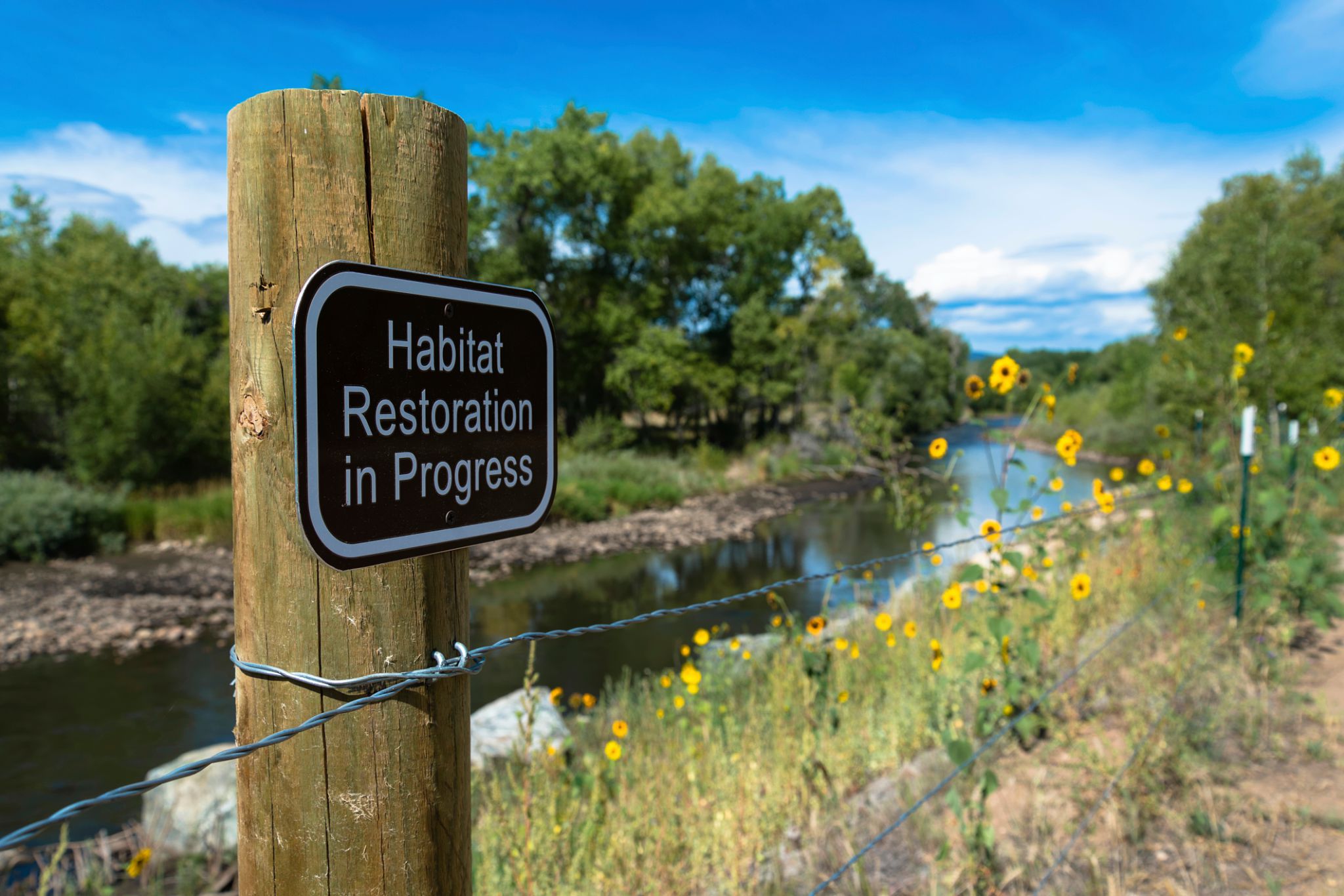Case Study: Successful Landscape Transformation in Linn County
Introduction to the Project
The landscape transformation project in Linn County has emerged as a remarkable example of how strategic planning and innovative design can reshape outdoor spaces effectively. This case study delves into the key aspects and outcomes of this successful transformation, offering insights into the processes and techniques employed.
The primary objective was to revitalize a neglected area into a vibrant community space that promotes biodiversity and enhances the aesthetic appeal. The project has not only met but exceeded expectations, becoming a model for similar initiatives.

Planning and Design
Effective planning was crucial to the project's success. The team began with a thorough site analysis to understand the unique characteristics and challenges of the location. This included soil testing, topographical assessments, and climate considerations.
Collaborative design workshops were held with local stakeholders to gather input and ensure the final design met community needs. The design incorporated sustainable practices, such as native plantings and water-efficient irrigation systems, emphasizing environmental stewardship.

Implementation Process
The implementation phase took place over several months, with careful attention to detail to maintain quality and adhere to the timeline. Key steps in the process included:
- Site preparation and removal of invasive species
- Installation of pathways and seating areas
- Planting of native flora to support local wildlife
Throughout the process, the team maintained open communication with local residents, providing updates and addressing any concerns. This transparency helped build trust and foster community support.

Overcoming Challenges
Every large-scale project encounters its share of challenges. In this case, unexpected weather conditions posed delays, requiring adaptive management strategies. The team also navigated budget constraints by prioritizing essential elements and seeking additional funding from local grants.
Despite these hurdles, the project remained on track due to strong leadership and a dedicated team committed to seeing it through to completion.
Project Outcomes
The landscape transformation in Linn County has yielded impressive results, much to the delight of the community. Key outcomes include:
- A significant increase in community engagement with the space
- Improved biodiversity with the return of native species
- Aesthetic enhancement that boosts local pride and tourism
The project has also set a precedent for future developments, demonstrating the potential for landscape architecture to positively impact both people and ecosystems.

Lessons Learned
This project offers valuable lessons for similar endeavors. The importance of community involvement cannot be overstated, as it ensures that the end result aligns with local values and needs. Additionally, integrating sustainability from the outset can lead to long-term benefits for both the environment and maintenance costs.
Flexibility in planning allows for adjustments in response to unforeseen challenges, underscoring the necessity of adaptive strategies in project management.
Conclusion
The successful landscape transformation in Linn County stands as a testament to what can be achieved through thoughtful design and community collaboration. It serves as an inspiring example for other regions looking to enhance their outdoor spaces while promoting environmental health.
As we look to the future, such projects remind us of the power of innovation and partnership in creating spaces that enrich our lives and preserve our planet.

